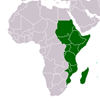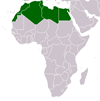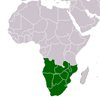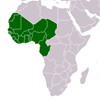Shiga toxin-Producing Escherichia Coli (STEC) and Food: Attribution, Characterization, and Monitoring: Report
Shiga toxin-Producing Escherichia Coli (STEC) and Food: Attribution, Characterization, and Monitoring: Report
Strains of pathogenic Escherichia coli that are characterized by their ability to produce Shiga toxins are referred to as Shiga toxin-producing E. coli (STEC). STEC are an important cause of foodborne disease and infections have been associated with a wide range of human clinical illnesses ranging from mild non-bloody diarrhoea to bloody diarrhoea (BD) and haemolytic uraemic syndrome (HUS) which often includes kidney failure. A high proportion of patients are hospitalized, some develop end-stage renal disease (ESRD) and some die. The information requested by CCFH is divided into three main areas: the global burden of disease and source attribution; hazard identification and characterization; and monitoring, including the status of the currently available analytical methods. This report provides an overview of the work undertaken in response to the request from the CCFH and provides the conclusions and advice of the Expert Group based on the currently available information
CITATION: Food and Agriculture Organization of the United Nations. Shiga toxin-Producing Escherichia Coli (STEC) and Food: Attribution, Characterization, and Monitoring: Report . Rome : Food and Agriculture Organization of the United Nations , 208. - Available at: https://library.au.int/shiga-toxin-producing-escherichia-coli-stec-and-food-attribution-characterization-and-monitoring






